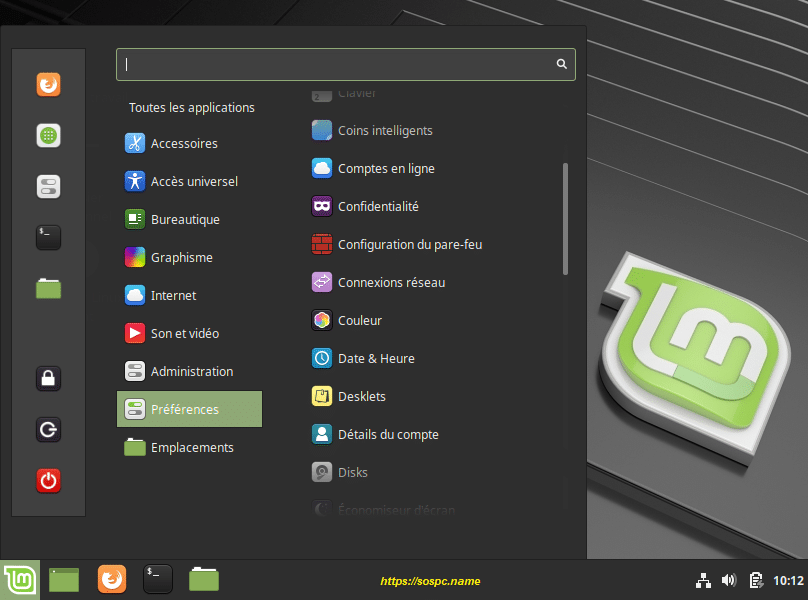


- Debugging gnome desklets how to#
- Debugging gnome desklets mac osx#
- Debugging gnome desklets install#
- Debugging gnome desklets windows#
Return gnomevfs.exists(gnomevfs.URI(uri)) In this manner, you can have gDesklets act like OS X's Dashboard feature.įile "/usr/lib/gdesklets/utils/_init_.py", line 23, in _pretty_excepthookįile "/usr/lib/gdesklets/utils/ErrorFormatter.py", line 77, in formatįile "/usr/lib/gdesklets/utils/vfs.py", line 102, in exists
Debugging gnome desklets windows#
Press CTRL-ALT-D again, and your windows will go back to where they were. Press CTRL-ALT-D, and all of your windows will be minimized and you can see the desklets on your desktop. If you have so many windows open that your Desktop isn't visible - or if you maximize everything you use - then gDesklets can still be useful if you use GNOME's "Show Desktop" feature.
Debugging gnome desklets mac osx#
(The Mac OSX guys should have the same problem) Don't you use maximized windows? Is gdesklets only relevant to people with +17inch screens? So if I use e.g starter-bar which looks so cool, it usually slows me down that I have to minimize or move a window to get to start another application. My problem is that I want to use these because they seem so beautiful and potentially useful, but usually my current application fill the whole screen except a gnome bar at the top and the buttom of my screen (I'm on a 15 inch laptop). Fill in with this information:Ĭould someone please explain how you use these in your daily routines. Goto the Startup Programs tab and select Add. Goto your Gnome panel and select System-Preferences-Sessions. Now, wouldn't it be nice if this all happened for you right on statup of your system? Well, it can. To configre your desklet, right click and select Configure, enter in your options.Ĭongratulations, you now have your desklets installed. Double click on it and add it to your desktop.
Debugging gnome desklets install#
Select the desklet that you want to install (one at a time) and it will appear in the right hand window. Go back to your gDesklets window and go File-Install Package. LEAVE THEM IN THEIR FORMAT, do not extract them. Save them to your home directory (I'm using /home/myusername/gdesklets to store them) Scroll around through the different categories and find a few that you like.

This is their Displays&Sensors page, here is where you can get your applets. Here is what you do: Open up a browser and goto Getting and installing desklets is probably the easiest part of this entire HOWTO. Goto your gnome panel Accessories-gDesklets. Now the fun part, we get to set up our desklets! First, lets test and see if gDesklets is installed and working correctly. DO NOT INSTALL GDESKLETS DATA! the files are out of date, and won't work right with gdesklets. For anyone who is going to try this through Synaptic, you will have two gdesklets search results: gdesklets and gdesklets-data. Sudo apt-get install gdesklets (notice all the small letters)
Debugging gnome desklets how to#
You can find out how to do that at under Howto add extra repositories () Once done, open up a terminal and type First, you need to add the universe/multiverse repositories. So, to begin, here is what your need to do: You can use it to replace your Gnome panels, or maybe add some guages to show your CPU/Mem usage, the choices are yours. When I run this script in an SSH session and type run at the gdb prompt, I get this: (gnome-shell:8055): mutter-WARNING **: 04:11:55.GDesklets is a nice little program where you can add "desklets" to your desktop that control different programs/show different stats. I can’t switch to a different vterm because the mouse/keyboard are unresponsive. Running the startup script on a local terminal starts okay, but is unusable because of the hang I’m trying to debug. Gdb -args /usr/bin/gnome-shell -wayland -replace I’ve copied the specified environment variables (and more–I’ve tried dumped everything from the process environment into the gdb startup script) and also added the -wayland argument to the invocation of gnome-shell to get something like this: #!/bin/sh How do I remotely launch a gdb session to step through gnome-shell so I can debug a hang on Ubuntu 19.04? I’ve followed the Gnome wiki instructions without success.


 0 kommentar(er)
0 kommentar(er)
